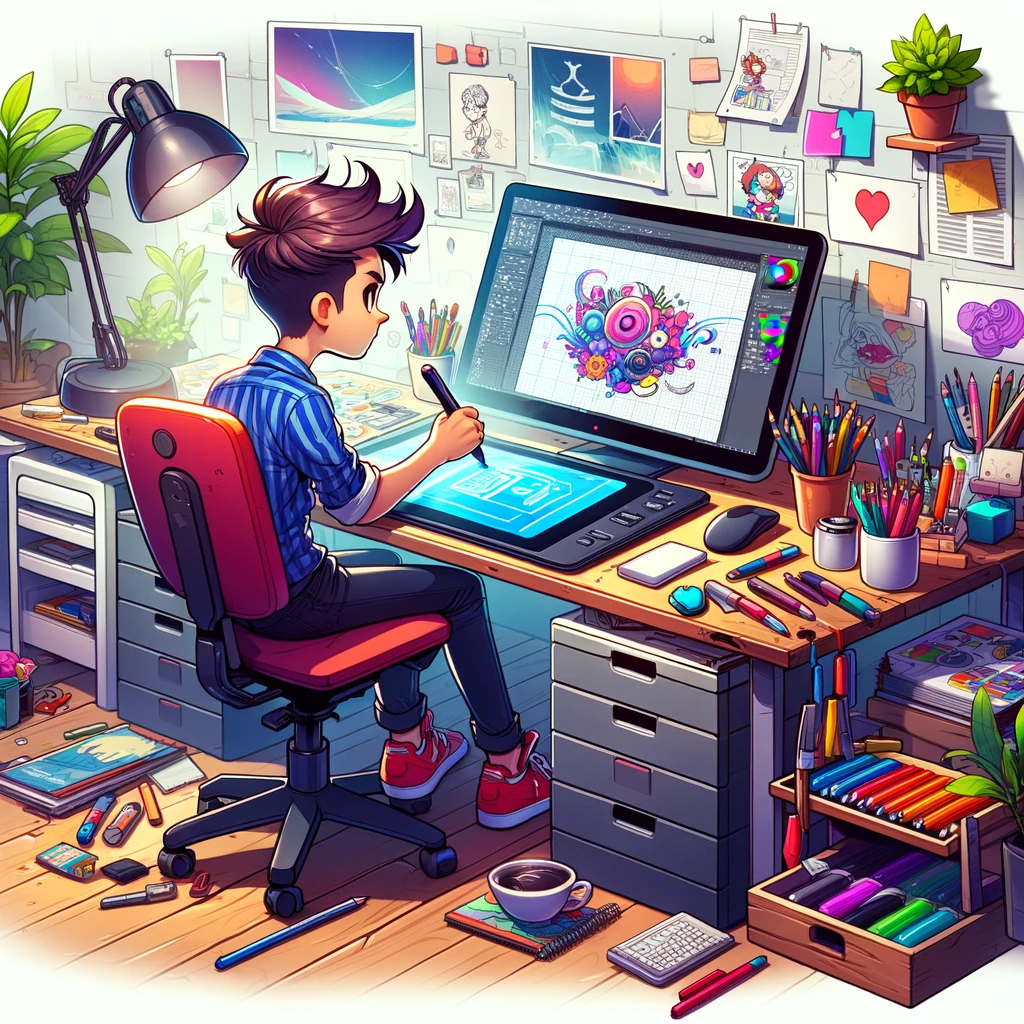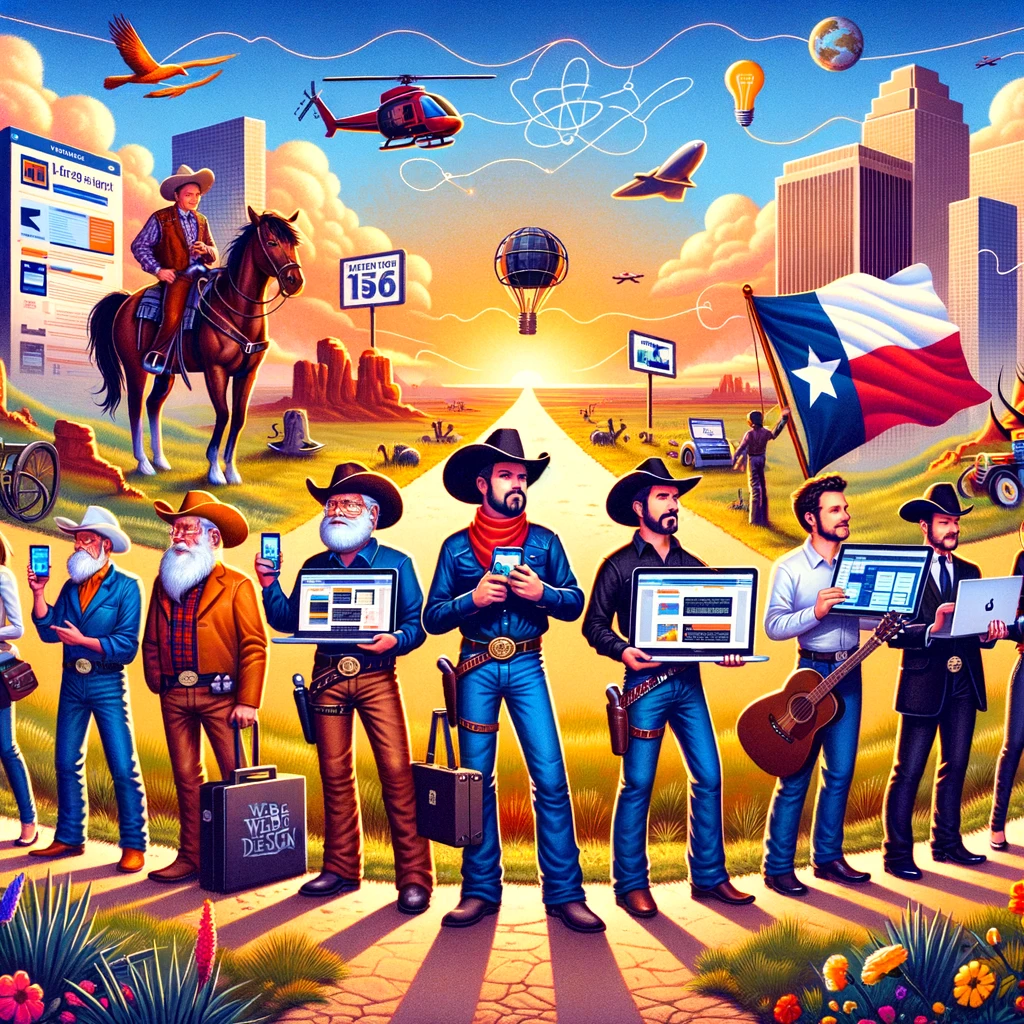| Heading | Sub-Headings |
|---|---|
| Introduction to Graphic Design | – Definition and Overview – Evolution and History – Importance in Today’s World |
| The Fundamentals of Graphic Design | – Elements of Design (Line, Shape, Color, Texture, Space) – Principles of Design (Balance, Contrast, Emphasis, Movement, Proportion) |
| Types of Graphic Design | – Visual Identity and Branding – Marketing and Advertising Design – User Interface Design: Web, App – Publication and Editorial Design – Packaging Design – Motion Graphics and Animation |
| Tools and Software for Graphic Designers | – Traditional Tools – Digital Tools: Adobe Creative Suite, Sketch, InVision |
| The Process of Graphic Design | – Briefing and Understanding Client Needs – Research and Conceptualization – Design Iteration and Development – Presentation and Revisions – Finalization and Delivery |
| Graphic Design in Marketing and Advertising | – Role in Branding – Impact on Consumer Behavior – Examples of Effective Advertising Campaigns |
| Web and Mobile Interface Design | – Importance of User-Centered Design – Trends in Web and App Design – Importance of Responsiveness and Accessibility |
| The Role of Typography in Graphic Design | – Basics of Typography – Choosing the Right Typeface – Impact on Readability and Perception |
| Color Theory in Graphic Design | – Understanding Color Psychology – Application in Branding and Marketing – Color Schemes and Their Effects |
| Graphic Design in Social Media | – Creating Engaging Content – Brand Consistency Across Platforms – Viral Trends and Their Design Aspects |
| The Business Side of Graphic Design | – Freelancing vs. Working for an Agency – Building a Portfolio – Client Relations and Communication |
| Future Trends in Graphic Design | – Augmented Reality (AR) and Virtual Reality (VR) – Sustainable and Eco-Friendly Design – Personalization and Customization in Design |
| Graphic Design Education and Career Paths | – Formal Education vs. Self-Taught – Specializations and Their Prospects – Building a Successful Career in Graphic Design |
| Challenges Facing Graphic Designers Today | – Keeping Up with Technology and Trends – Balancing Creativity with Client Expectations – The Impact of AI and Automation on Design |
| How to Critique Graphic Design | – Constructive Feedback – Elements and Principles as Criteria – Encouraging Growth and Improvement |
| Graphic Design Resources and Communities | – Online Tutorials and Courses – Design Blogs and Websites – Networking and Professional Organizations |
| The Ethical Considerations in Graphic Design | – Copyrights and Plagiarism – Social Responsibility and Cultural Sensitivity – Environmental Impact of Design Choices |
| What is Graphic Design? | – The Essence and Impact of Graphic Design in Various Fields – How Graphic Design Shapes Public Perception and Communication |
| Conclusion: The Enduring Importance of Graphic Design | – Recap of Key Points – The Ever-Evolving Role of Graphic Design – Encouragement for Aspiring Designers |
FAQs
- How does graphic design impact our daily lives?
- What is the difference between graphic design and digital art?
- Can graphic design be self-taught, or is formal education necessary?
- What are some common misconceptions about graphic design?
- How has technology transformed the field of graphic design?
- What advice would you give to someone starting their career in graphic design?
Introduction to Graphic Design
Graphic design is a craft where professionals create visual content to communicate messages. By applying visual hierarchy and page layout techniques, designers use typography and pictures to meet users’ specific needs and focus on the logic of displaying elements in interactive designs to optimize the user experience. From the early days of cave paintings to the sleek digital interfaces we interact with today, graphic design has evolved significantly. Its importance in today’s digital age cannot be overstated, influencing everything from brand identity to user interfaces.
The Fundamentals of Graphic Design
Understanding the building blocks of graphic design is crucial for creating effective visual communications. These fundamentals include elements like line, shape, color, and texture, which are combined following principles such as balance, contrast, and emphasis. This foundation ensures that a design is not only aesthetically pleasing but also functionally effective.
Types of Graphic Design
Graphic design encompasses a wide range of disciplines, each serving a specific purpose while sharing common principles. Whether it’s creating a compelling brand identity, designing an engaging website, or crafting the packaging for a product, each type of design requires a unique set of skills and approaches.
Tools and Software for Graphic Designers
From pencil and paper to sophisticated digital software like Adobe Creative Suite, the tools available to graphic designers are vast. These tools enable designers to bring their creative visions to life, whether through traditional means or cutting-edge digital platforms.
The Process of Graphic Design
The graphic design process is a series of steps designers follow to achieve a successful outcome. Starting with a thorough understanding of the client’s needs, designers research, create prototypes, and refine their concepts until the final design meets the project’s objectives.
Graphic Design in Marketing and Advertising
In marketing and advertising, graphic design plays a pivotal role in building brand identity and influencing consumer behavior. Effective design can significantly impact a campaign’s success, making it an indispensable tool for marketers.
Web and Mobile Interface Design
As digital interfaces become more prevalent, the importance of user-centered design in web and mobile applications cannot be overstated. Designers must prioritize usability, responsiveness, and accessibility to create successful digital experiences.
The Role of Typography in Graphic Design
Typography is a critical element of graphic design, affecting readability and the overall perception of a piece. Choosing the right typeface and understanding its impact is essential for effective design.
Color Theory in Graphic Design
Color theory is another fundamental aspect of design, with the power to evoke emotions and convey messages through color choices. Understanding color psychology and its application in design is crucial for creating compelling visual content.
Graphic Design in Social Media
In the realm of social media, graphic design helps create engaging content that stands out. Consistency in design across platforms is key to maintaining brand identity and leveraging viral trends.
The Business Side of Graphic Design
Navigating the business aspects of graphic design, from freelancing to agency work, requires understanding client relations, portfolio building, and the industry’s financial dynamics.
Future Trends in Graphic Design
The field of graphic design is constantly evolving, with trends like AR/VR, sustainable design, and personalization shaping its future. Staying ahead of these trends is essential for designers looking to remain relevant.
Graphic Design Education and Career Paths
Pursuing a career in graphic design can take multiple paths, from formal education to self-taught approaches. Specializing in a particular area can lead to a rewarding career in this diverse field.
Challenges Facing Graphic Designers Today
Graphic designers face several challenges, including keeping up with technology, meeting client expectations, and the impact of automation on the profession. Overcoming these challenges requires adaptability and continuous learning.
How to Critique Graphic Design
Providing constructive feedback on graphic design work involves evaluating the use of elements and principles, promoting growth and improvement in the design community.
Graphic Design Resources and Communities
A wealth of resources, including online tutorials, design blogs, and professional organizations, supports graphic designers in their continuous learning and networking efforts.
The Ethical Considerations in Graphic Design
Graphic designers must navigate ethical considerations related to copyrights, cultural sensitivity, and the environmental impact of their work, ensuring responsible and respectful design practices.
What is Graphic Design?
At its core, graphic design is about communicating ideas visually. It’s a discipline that combines art and technology to convey messages and solve problems. From advertisements to user interfaces, graphic design is an integral part of our visual landscape.
Conclusion: The Enduring Importance of Graphic Design
Graphic design remains a vital field, continually adapting to new technologies and trends. Its role in shaping how we perceive and interact with the world underscores its enduring importance. For aspiring designers, the journey is filled with opportunities to innovate and impact the visual dimensions of our lives.
FAQs
How does graphic design impact our daily lives?
What is the difference between graphic design and digital art?
Can graphic design be self-taught, or is formal education necessary?
What are some common misconceptions about graphic design?
How has technology transformed the field of graphic design?
What advice would you give to someone starting their career in graphic design?






